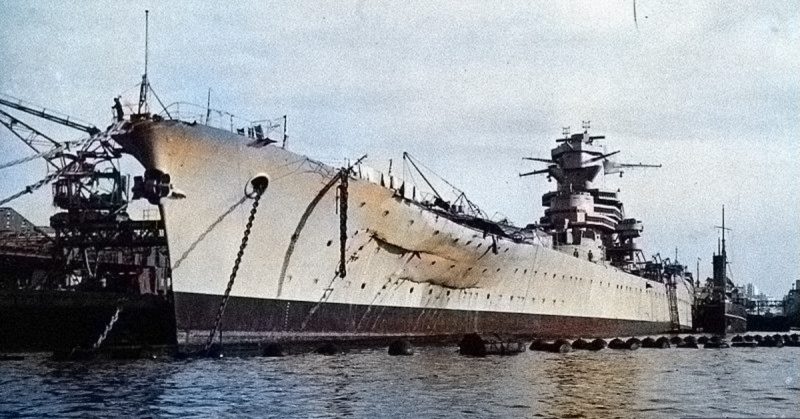After the French capitulation in the Second World War, a puppet regime with its administrative center in the town of Vichy declared itself the Vichy Government of France. Here is where the French colonial army was stationed. Despite not being allied with the Axis, the Vichy Government opposed all attempts by the Allies to capture any part of the French Empire.
The Allies needed to secure this particular French territory not only to prevent it from falling into the hands of the Axis but because securing it would also assist in the campaigns against the Afrika Korps.
Operation Torch started the Allied campaign in French North Africa on November 8, 1942. One of the key operations was Operation Reservist: a direct attack on the Algerian port of Oran, which was under Vichy French control. Operation Reservist was the completion of a complex, combined naval and landing operation on the coast of Algeria.
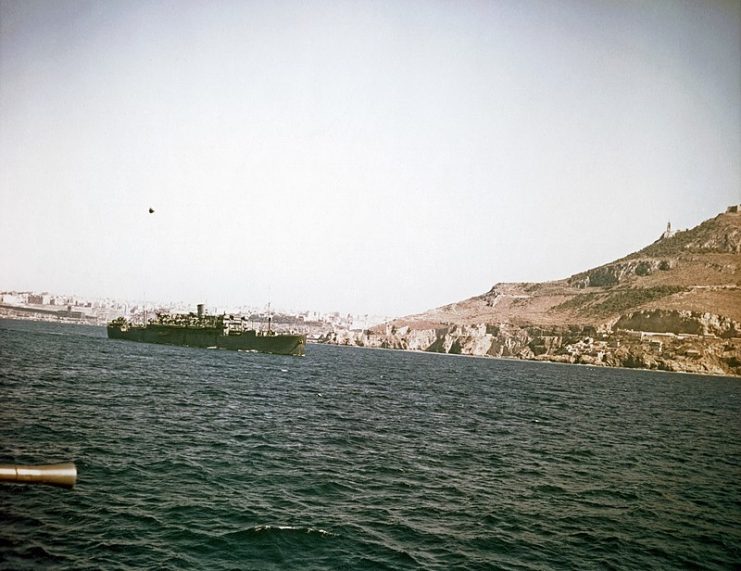
The ultimate goal was the neutralization of the coastal defense. This would involve effectively forming a blockade around the city of Oran and cutting it off from reinforcements from other strategic inland outposts. The Oran division numbered 10,025 troops dispersed throughout the area.
The secondary objective was the direct capture of 31 French warships in the harbor, many of which were not functional.
The city’s primary coastal defenses were 7.6 and 9.4 inch heavy cannons and a garrison of 4,000 Naval crewmen, which included anti-aircraft crews. The night before November 8th, the forces involved in Operation Reservist combined with soldiers from Arzew, Mersa Bou Zedjar, and Les Andalouses to secure the east and the west of the city. After this had been accomplished, troops were to land from the HMS Walney while the HMS Hartland provided artillery support.
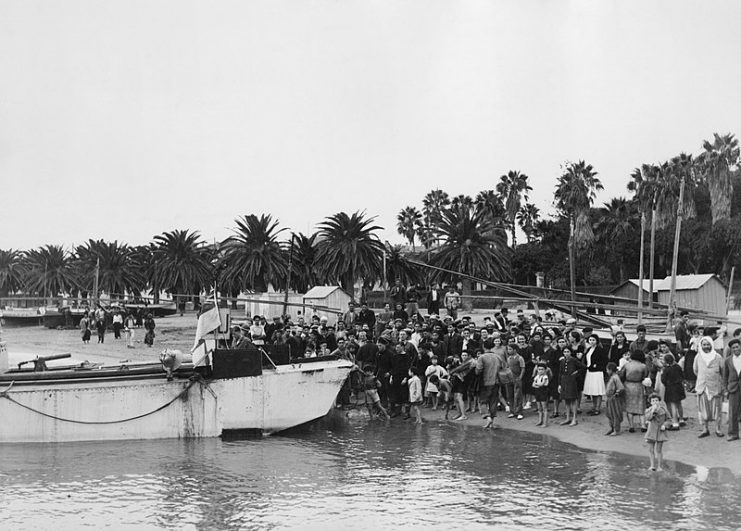
The Allies prepared their assault with the certainty that the element of surprise would enable them to take the city with little or no resistance. Charles De Gaulle of the French Free Army had been running a propaganda campaign in an attempt to draw the Vichy forces into his own ranks. This campaign gave a psychological advantage to the Allies who hoped that the soldiers in the Vichy forces would be starting to have doubts.
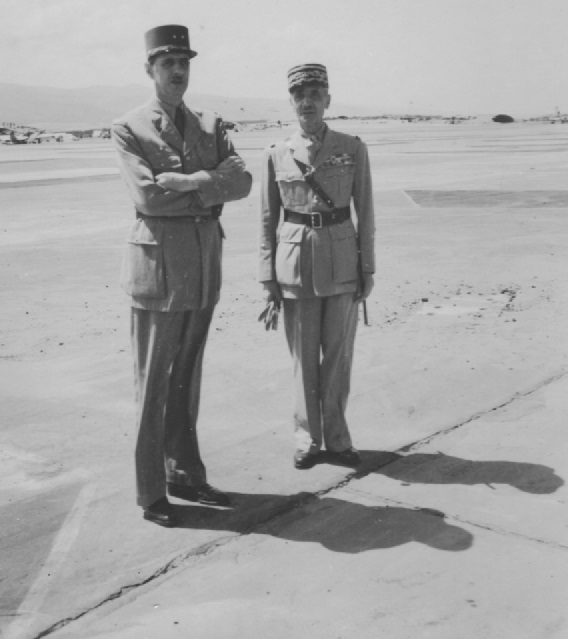
Captain Frederic T. Peters, a retired British naval officer, led the operation. He’d volunteered for the mission and was stationed on HMS Walney. The first landing party sent by the Command Task Force consisted of 393 men enlisted in the 3rd Battalion, 6th Armoured Infantry Regiment. They joined with an anti-sabotage unit which landed via canoes.
The operation began at 2:45 a.m on November 8th, but it did not have a propitious start. The task force had been ordered only to shoot if completely necessary. They were hoping for the surrender of the defending forces but were sorely disappointed when the French sounded the general alarm and eagerly mustered to meet their opponents.
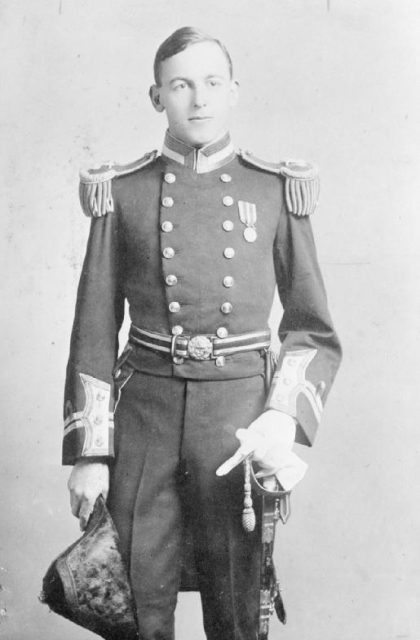
The defenders fired shells at the Walney, doing severe damage while it was charging the eastern end of the harbor. Once the ship had passed through the coastal gun line, the guns promptly turned and fired on HMS Hartland. Upon reaching the port, the Walney discovered a French destroyer waiting for them. The Vichy forces fully intended to fight.
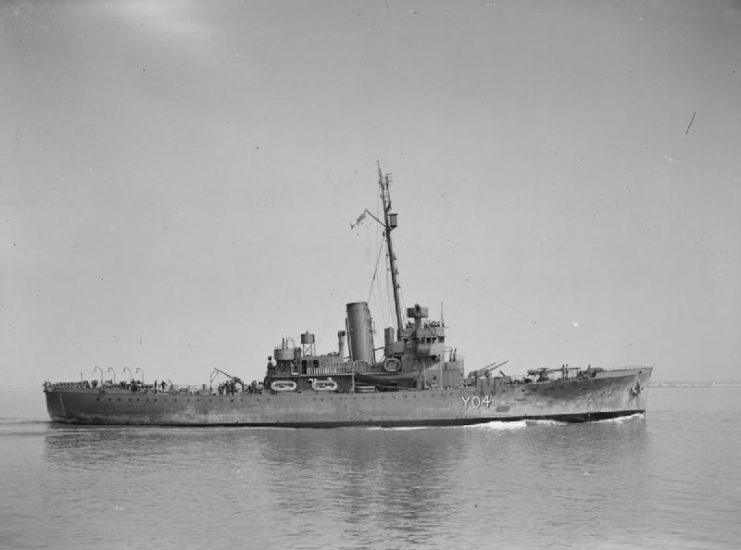
The Walney attempted to ram the destroyer, but only managed to scrape the vessel. The French fired their guns onto the deck of the Allied ship, which was filled with soldiers awaiting orders to disembark and attack. HMS Walney then attempted to pivot westwards but encountered heavy fire from the shore. Fires broke out and ammunition began exploding. The entire battle was turning into a debacle.
The guns on the Walney had been neutralized, and all the officers on the bridge had been killed except for one. Command fell to Colonel Marshall, who decided to keep up small arms fire until either he died or received better orders. Eventually, these orders came, but since communications were down, they were shouted man-to-man along the vessel. The order was to abandon ship. The remaining crew of HMS Walney did just that, leaving the ship semi-submerged on the westernmost point of the port.
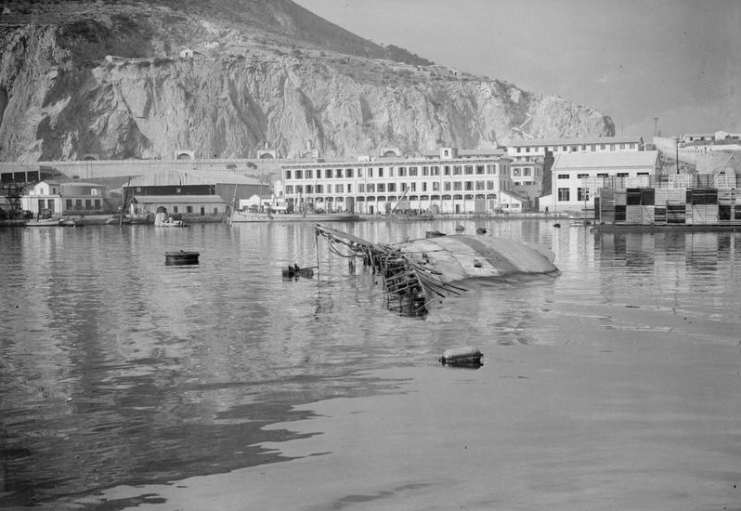
Meanwhile, HMS Hartland limped from bad to worse. Most of the gun crews and the awaiting troops huddling below decks had been either badly wounded or killed during her forward approach. The ship’s commander, Billot, had been temporarily blinded by a shell splinter.
The ship had blundered off course in the thick of the fighting and struck a jetty south of their intended entrance. Despite the ship’s damage so far and the prospects of further destruction ahead, Billot still tried to punch through the entrance to continue the mission.
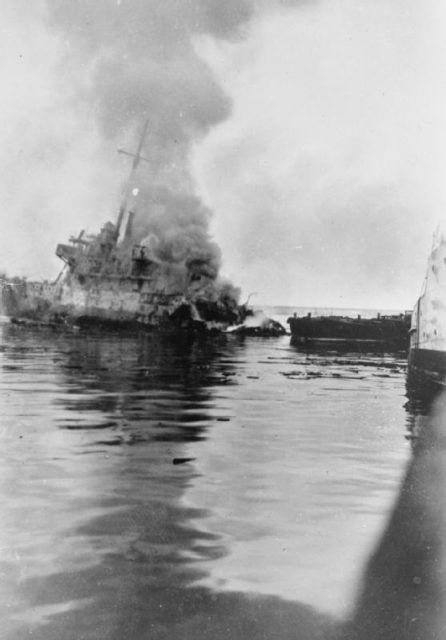
Billot’s attempt to burst through to the entrance took HMS Hartland into the path of the French destroyer Typhon, which had been anchored at the docks. Blasts from the Typhon ripped open the Hartland‘s unarmoured hull, causing explosions inside. The ship was set ablaze at several points, and Billot entirely lost control. One hour after the Hartland had entered the fray, the ship was adrift and burning. Facing the risk of an explosion that would prove fatal to all on board, Billot ordered everyone to abandon the doomed vessel.
The Battle of Oran was a resounding victory for the forces of Vichy France. The Allies had completely misjudged the influence that Charles de Gaulle’s propaganda had exerted on the hearts and minds of the people of Vichy. Furthermore, the Allies had dangerously underestimated the combat abilities of their enemies.
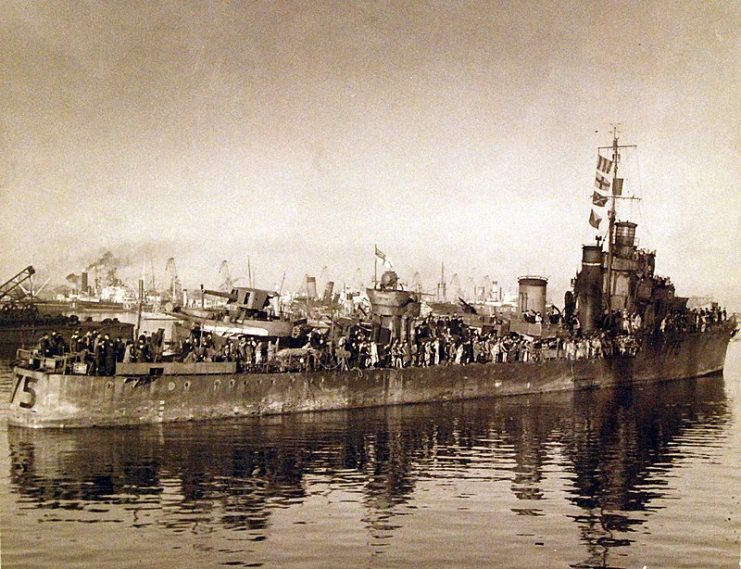
The mission had been entrusted to 17 officers and 376 enlisted men. The death toll was nine officers and 180 enlisted men while the injured numbered five officers and 152 enlisted men. Only three officers and 44 enlisted men arrived home unhurt. The United States Navy casualties numbered five killed and five wounded, while the Royal Navy claimed 113 killed and 86 wounded.
All of the remaining survivors were held first as civil and then as military prisoners. The battle had only been the beginning. The conflict now became a siege as further landings on surrounding beaches were met with little to no resistance. In the end, the French surrendered the city within two days, but not before destroying their harbor facilities and disabling their ships at the docks.
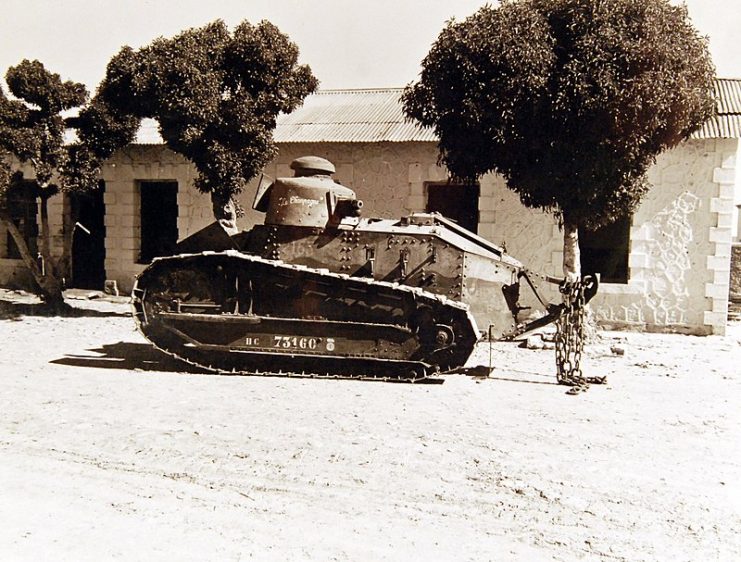
In taking Oran, the Allies had hoped to find a peaceful, safe harbor from which to launch their African campaign. What they learned instead was that the road to victory on the African continent would be met only with stiff, brutal resistance and the sacrifice of brave men.
Ultimately, the Battle of Oran was little more than a hiccup in the overall plans for Operation Torch. The Germans never completely trusted the Vichy leaders and therefore refused to assist them in modernizing their military forces. As a result, the Vichy tanks were obsolete, and their defenders were completely outclassed in the air.
Read another story from us: The Start of the BIG campaigns 73,000 Strong – Operation Torch in Photos
Yet despite these glaring disadvantages, the Vichy forces fought well and hard, and with sufficient gusto to provide sustained resistance against the Allied forces.
